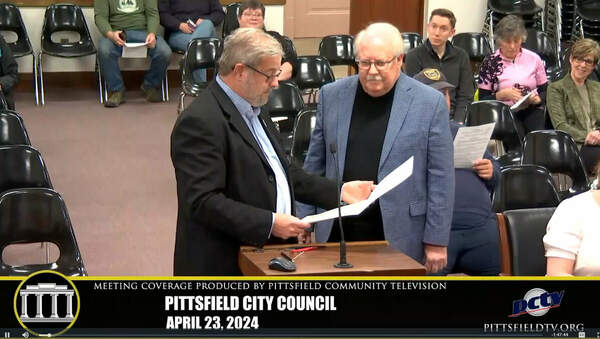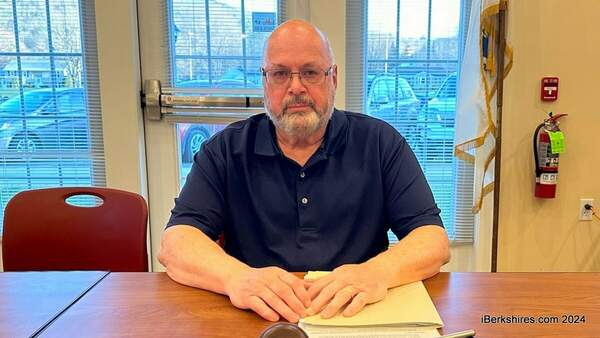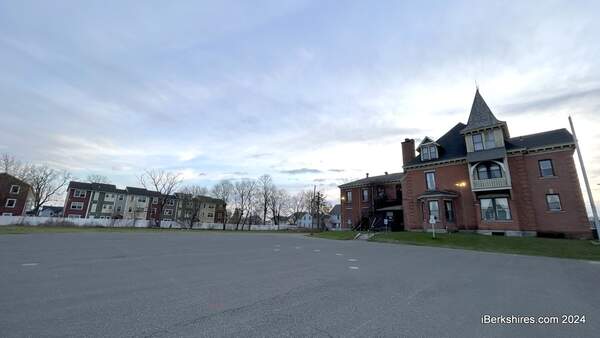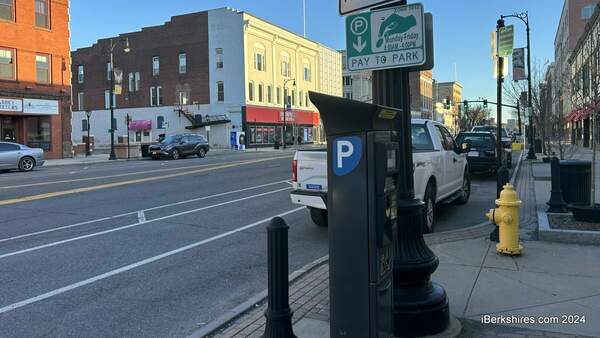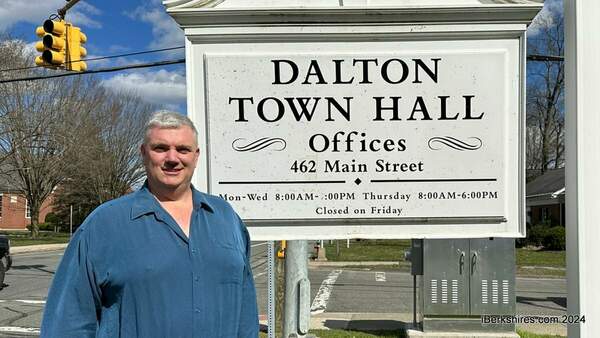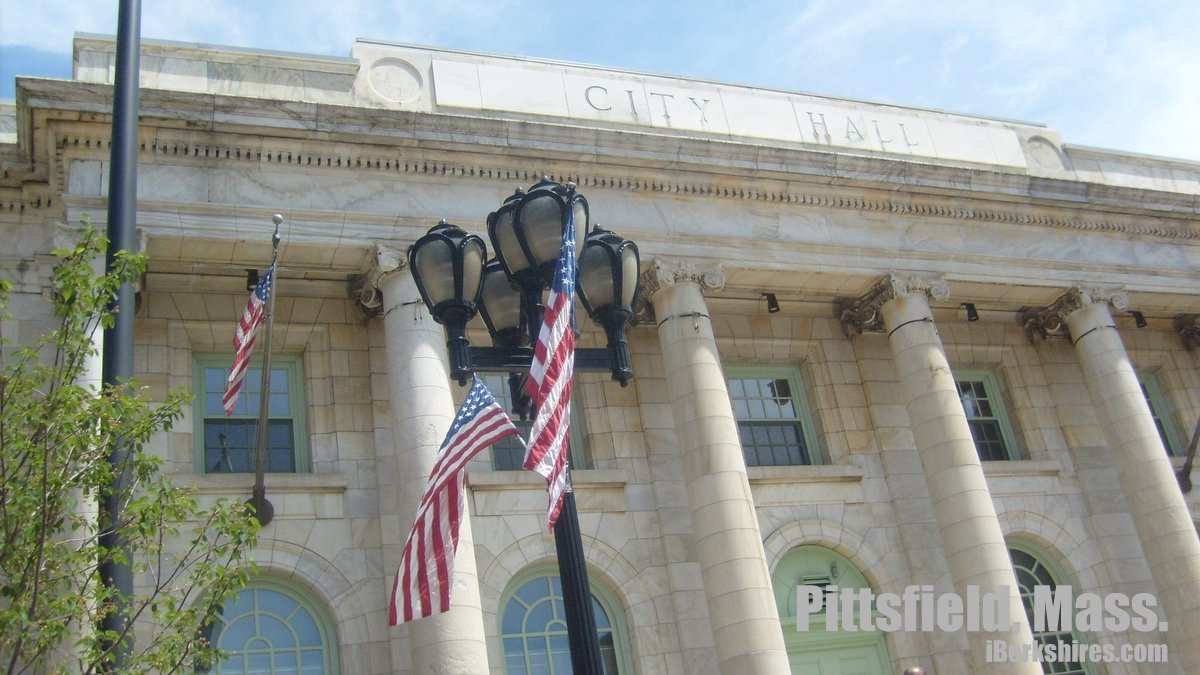
Pittsfield Panel Rejects Meeting Time Limit, Advises Earlier Start
PITTSFIELD, Mass. — City councilors seem wary about putting a time limit on their meetings, yet are willing to start one hour earlier to make for a more reasonable adjournment time.
The Ordinance and Rules committee on Monday rejected recommending City Clerk Michele Benjamin's petition to adjourn City Council meetings after four hours of deliberation and unanimously approved Councilors at Large Earl Persip III and Peter White's petition to begin meetings an hour earlier at 6 p.m.
Ward 7 Councilor Anthony Maffuccio, Ward 5 Councilor Patrick Kavey, and Ward 3 Councilor Nicholas Caccamo voted against the four-hour meeting limit petition while White voted in favor.
Benjamin first submitted the petition to the City Council in last week's meeting, which referred it to O&R after some debate. This will go back to the council with a negative review, noting that White voted in favor and one councilor was absent from the meeting.
"I just feel strongly that after 4, 5, and 5 1/2 hours of a meeting nobody's thinking clearly when it's midnight or 12:30 in the morning," Benjamin said to the City Council. "We've gone until 1 in the morning and I just feel strongly that we should be able to process and get through and deliberate and have good strong meetings in four hours."
Over the past three years and 68 meetings, 18 have gone past 10:30, and out of those meetings, there were five that went past 11:30, four that went past midnight, and one that went to 1:12 in the morning.
The other 50 meetings ended before 10:30 and some of them adjourned by 9. On a rare occasion, one meeting adjourned at 8.
In 2018, the council debated ways to shorten meetings through rules such as limiting debate on agenda items or predetermining by vote the length of meetings. Those options were never really explored in part because of worries that items would just get rolled into the next meeting and create a backlog, longer meetings, or the need for special meetings.
Some of those same concerns arose again in last week's council meeting.
Both Benjamin and White expressed that they see the level of debate in council meetings deteriorate as the night goes on.
"I've been hearing from several people in the public that say they can't stay up late enough to watch these meetings," Benjamin said.
After hearing the committee's reservations about the proposed time limit, White motioned an amendment of the petition permitting the meeting to go beyond four hours with unanimous consent that is voted on hourly.
"I would rather see it have the mechanism in there in case we need to go behind four hours instead of sending it back without the language of going beyond four hours," he said.
The amendment passed 3-1 with Maffuccio voting against it. Caccamo then moved that the language in the amendment be changed from unanimous consent to 2/3 consent for meetings to exceed four hours, which again passed 3-1 with Maffuccio in opposition.
"We know on the 2nd and 4th Tuesdays of the month, we have an obligation and a dedication to doing these meetings," Maffuccio said.
The committee agreed that conducting meetings over the Zoom platform has contributed to extended times because of technical issues, councilors waiting to be unmuted to speak, and slowed roll calls.
Caccamo suggested that there may be other mechanisms that can be used to get meetings closer to three or four hours.
"I don't think the long-term impacts will be better for the council," he said referring to the petition. "I think there's an initial mechanism that could make our meetings more efficient and I think councilors who take up the majority of time at our meeting know who they are and can perhaps do some self-reflection to sort of think about the time that we take up."
Benjamin confirmed that her petition was submitted before she had knowledge of Persip and White's petition requesting an earlier meeting time.
Tags: Pittsfield city council ,

